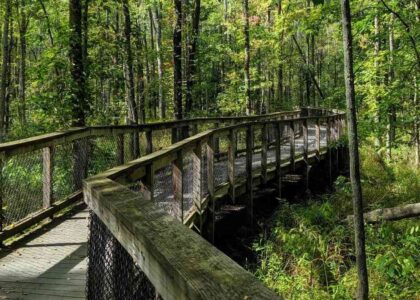Welcome to the President’s House, a place steeped in the rich history of the United States. This site, once a hub of political activity, played a pivotal role during the formative years of the American republic. Originally constructed between 1767 and 1772, the house was built by Mary Lawrence Masters and later became the residence of her daughter Polly and her husband, Richard Penn, grandson of William Penn. This house was not only a home but also a witness to the early struggles and triumphs of the nation.
During the Revolutionary War, this house served as the headquarters for British General Sir William Howe when his forces occupied Philadelphia. Following the British evacuation in 1778, the house became the residence of Major-General Benedict Arnold, a name synonymous with treason in American history.
In 1780, Robert Morris, known as the ‘Financier of the Revolution,’ purchased and rebuilt the house after a fire and made significant expansions. His ownership laid the groundwork for its next chapter as the executive mansion.
From 1790 to 1800, while Philadelphia served as the temporary capital of the United States, the house became the residence of Presidents George Washington and John Adams. Here, President Washington managed the affairs of state and expanded the property to include quarters for enslaved individuals he brought from Mount Vernon. This juxtaposition of leadership and the presence of slavery highlights the complex history of the early United States.
The house was eventually demolished in the 19th century, but its stories remain a testament to the nation’s evolving ideals and struggles. Visitors today can reflect on the events that unfolded here and the influential figures who passed through its doors, shaping the future of the United States.



